
views
Treating with Orajel
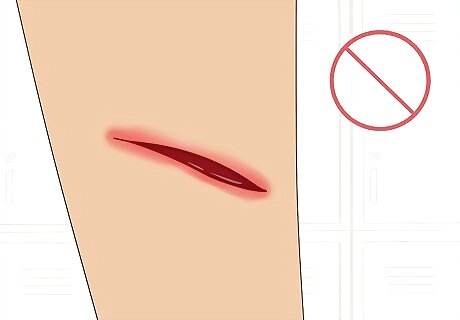
Make sure your skin is not broken. Don’t use Orajel on broken skin, as it could cause irritation. Also, your wound could be at risk for an infection, and Orajel shouldn’t be used on infected skin. If your skin is broken, choose a product approved for use on open wounds.
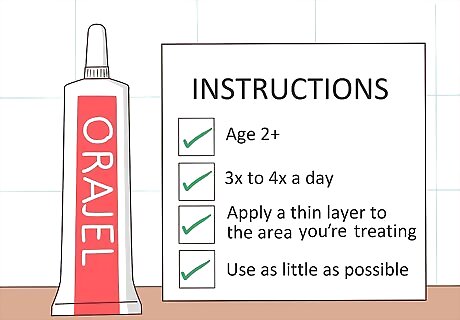
Follow the dosing instructions on the label. Most people over the age of 2 can use Orajel 3 to 4 times a day. Apply a thin layer to the area you’re treating. Use as little product as possible. You can also check with your doctor to determine the proper dosage.
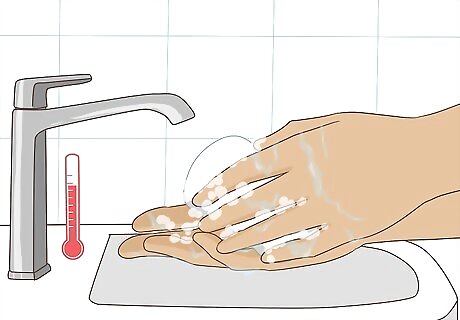
Wash your hands before you use Orajel. Start with clean hands so you don’t introduce germs and bacteria into the product. Use mild soap and warm water to cleanse your hands. It's especially important to wash your hands when applying the product with your fingers.

Put a small amount of Orajel on your finger or a sterile gauze pad. Don’t apply the product directly onto your skin, even if it comes in a spray. Instead, use your fingers or gauze to apply it. You can squeeze or spray the Orajel directly onto your applicator. You can also use a clean cotton swab for application. If you’re using a throat spray, you can spray it directly onto your throat.
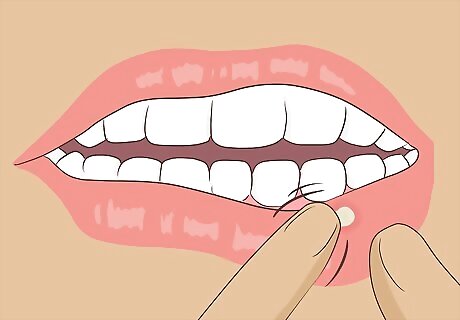
Dab the product onto the area you’re treating. Use slow, gentle movements to limit pain caused by your application. Continue dabbing the product onto the site until you’ve created a thin layer of Orajel. If you didn’t apply enough product to your fingers or the gauze, applying more is okay. It’s a good idea to wash your hands or get a clean piece of gauze for your second application.

Wash your hands after applying it to remove any excess product. The ointment can soak into your skin, so you might accidentally absorb too much product if you don’t wash your hands. This increases your risk of developing side effects, which can become serious. Soap and warm water will remove the excess Orajel if you wash your hands immediately.

Take a missed dose as soon as you remember or wait for the next dose. In most cases, it’s best to go ahead and take your missed dose. However, don’t take 2 doses back to back. If it’s almost time for your next dose, just skip the one you missed. If you missed a dose because you weren't experiencing pain, it's a good idea to reduce the number of times you're applying it. Use as little of the medication as possible.
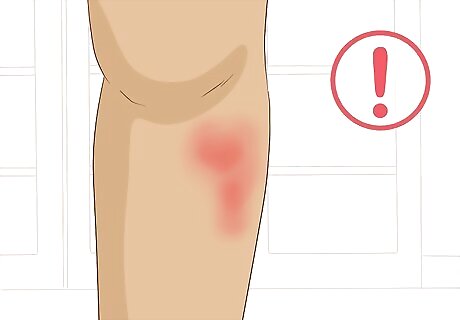
Watch for common side effects, such as mild stinging and redness. Common side effects of Orajel include mild irritation, itching, redness, tenderness, and dry, flaking skin at the application site. These usually go away. However, severe side effects can occur, such as severe burning or stinging, swelling, warm skin, redness, oozing, or infection. If any of these side effects occur, stop using the product immediately and seek medical care. Check the label for more information about side effects.

Seek emergency medical care if you have an allergic reaction. These include hives, breathing issues, and swelling of your face, tongue, lips, or throat. This is a serious medical condition. Similarly, seek medical attention if you have signs of methemoglobinemia, a blood disorder that Orajel can cause. Symptoms include headache, tiredness, confusion, fast heart rate, lightheadedness, shortness of breath, or pale, blue, or gray skin, lips, or nails.
Using Orajel Safely

Talk to your doctor before using Orajel. Although Orajel is sold over the counter, it’s still a medication. It isn’t right for everyone, and your doctor is the best resource for determining if it’s right for you. Make sure you tell them about other medications you’re taking.

Avoid giving Orajel or Baby Orajel to children under age 2. It’s tempting to turn to Orajel to help your baby cope with teething discomfort, but it’s best to stick to other methods recommended by your doctor. Orajel’s active ingredient is benzocaine, which can cause a dangerous condition called methemoglobinemia in teething babies. Methemoglobinemia reduces the amount of oxygen your organs and tissues receive from your blood. Talk to your doctor before giving anything to your baby, especially over-the-counter medication.

Use your Orajel no more than 4 times a day. Only apply the Orajel if you truly need it, such as when you’re experiencing pain. Using it too much can increase your risk of side effects, such as methemoglobinemia. Methemoglobinemia reduces the amount of oxygen distributed throughout your body.

Check the expiration date on your Orajel. You should not use expired medication, so it’s important to always check that your product is still good. If it’s expired, throw it out and get a new container. The expiration date should be printed on the tube or spray bottle. If you can’t find it, it’s best to purchase a new one.
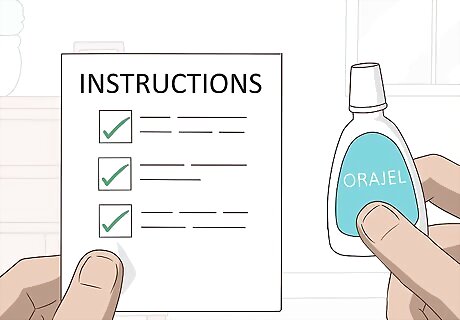
Read the label before using the Orajel. The packaging contains valuable information about how and when to apply the product. Additionally, it provides cautionary information for you to consider. Always read and follow the instructions on the label. Don’t use more Orajel than is recommended. Similarly, don’t use it to treat any condition not listed on the label.
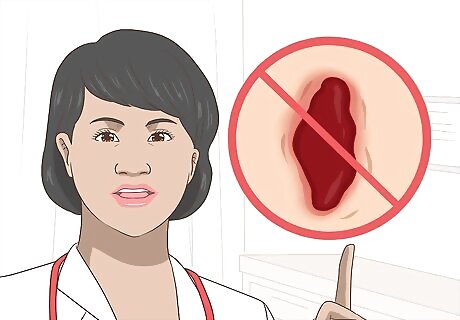
Avoid using Orajel on open wounds or burns unless told to by a doctor. The ointment is not safe for broken skin or severe irritation, such as burned or inflamed skin. It can worsen your skin irritation if you use the ointment incorrectly. Orajel shouldn’t be used when an infection may be present, and an open wound or burn increases your risk of infection.
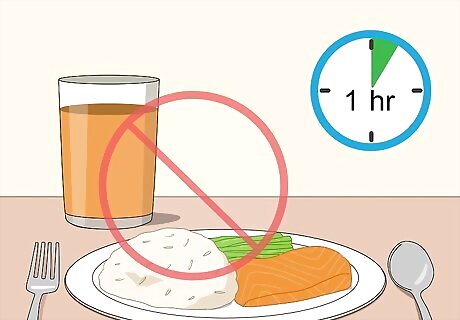
Avoid eating or drinking until the numbness wears off. Eating or drinking could wash the Orajel down your throat. Not only will this limit its usefulness in numbing your pain, but it also causes you to ingest the product, which can be harmful. Along with this, Orajel numbs your mouth, and it can be dangerous to eat or drink when you cannot feel your tough, mouth, or gums. Wait at least 1 hour before consuming anything. Consider contacting your doctor if your mouth is still numb after an hour.

Use caution if you smoke or have a heart or breathing condition. Breathing conditions include asthma, bronchitis, or emphysema. Having heart or lung issues increases your risk of developing a negative reaction to the Orajel. This makes you more likely to experience side effects. It’s best to avoid using it unless your doctor says it’s okay.
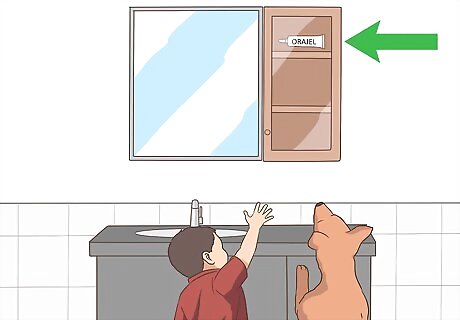
Store your Orajel out of reach of children and pets. Put it in a cool, dry place that's hard for them to access. For example, keep it on a high shelf in your medicine cabinet or inside a secure first aid kit. The product can be dangerous if it’s improperly ingested.
Addressing Common Conditions
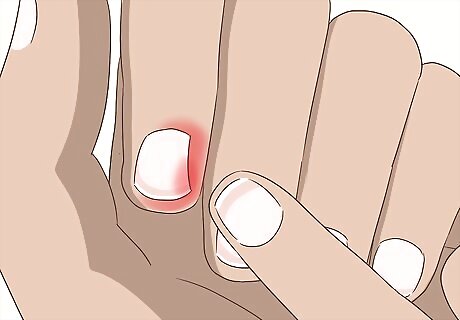
Treat minor pain on your skin or around your nails. You can treat minor skin or nail issues as long as your skin isn’t broken. This might include random nerve pain, such as in your hands. For example, you might use Orajel on an ingrown nail or toenail.
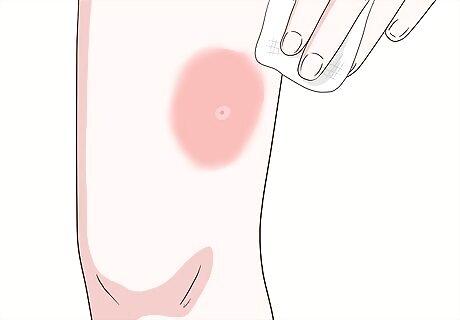
Relieve pain from bee or wasp stings. Stings are a common source of pain or discomfort, and Orajel might help numb the pain. Just make sure you don’t have an open wound. Remove the stinger before applying the product to a bee sting.

Apply it inside your mouth for nerve pain, cold sores, or throat irritation. You can use a small amount of Orajel in your mouth for toothaches, gum pain, cheek sores, etc. Use as little ointment as possible. For throat irritation, it’s best to use a spray, lozenge, or mouth rinse.
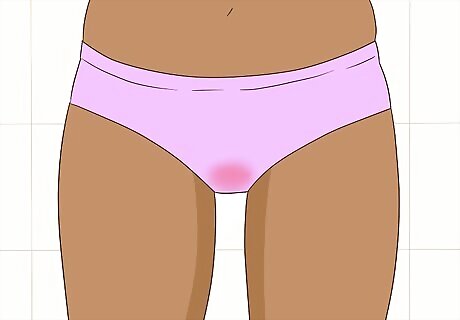
Use Orajel on your vagina to relieve irritation. It’s safe to use benzocaine on your vagina. However, it’s best only to do so if you know you aren’t allergic to the product. Apply as little product as necessary to get relief.
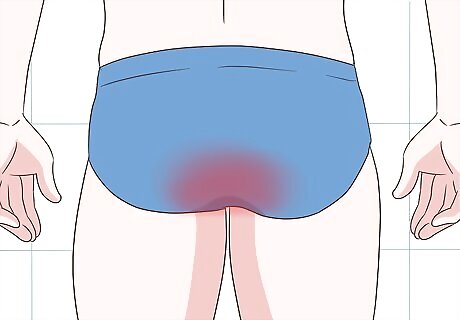
Put the cream on your anal area for hemorrhoids and other irritations. Benzocaine is a common treatment for hemorrhoids, as it can numb away the pain. You can also use it to relieve other pain around your rectum. If you want to treat rectal pain, you might look for a benzocaine suppository instead of applying Orajel.













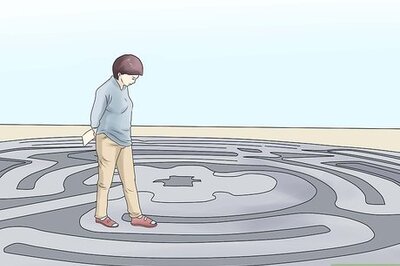
Comments
0 comment